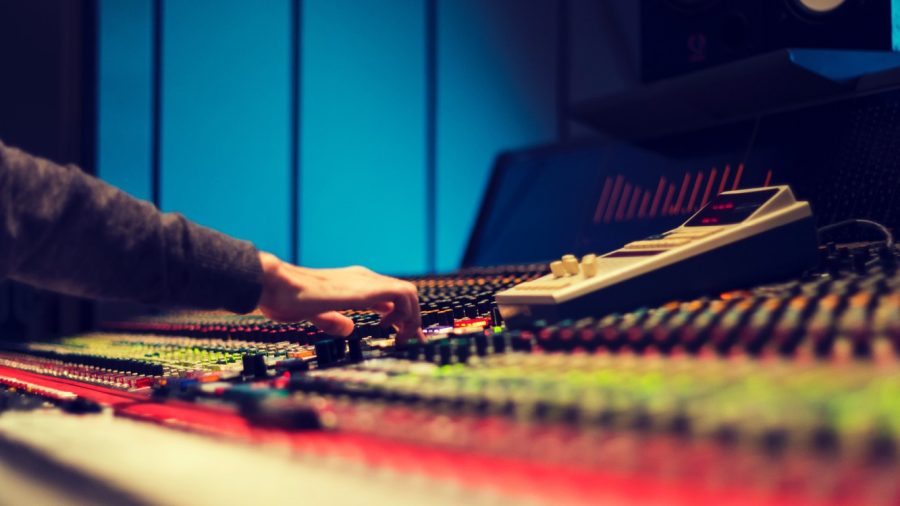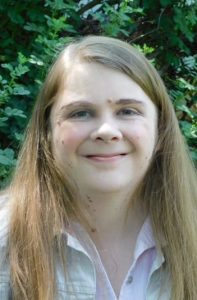‘Crosstalk’: Electroacoustic Performance Brings Student Composers’ Music to Life
December 7, 2022
For a significant amount of human history, being professionally trained as a music composer was left to the blessed few with wealth and connections. However, right here at the University of Utah, the Department of Music holds composition classes that open doors for many. “Crosstalk,” an electroacoustic performance review held by the U and BYU composition areas, allows one to hear students’ compositions — works with a strong, clear and original voice. It was many of the composers’ first time hearing their work performed in public.
Anyone Can Compose Music
Before the 19th century, if one had any dream of becoming a music composer, it was entirely predicated on your station in life. You most likely would have had to come from a wealthy family in order to have access to music lessons and instruments and have the leisure time to practice. Next, after reaching adulthood, you would apply to a music conservatory, an extremely exclusive institution and one without the guarantee of being within traveling distance. If you were lucky enough to be accepted into a conservatory, there were costly tuition expenses. After training was completed, the most likely way of being a composer was to come under the patronage of the Church or a wealthy aristocrat.
Slowly over the years, new windows have opened and the path to becoming a composer has been made less treacherous. The demarcation of music composing is made beautifully evident when watching “Crosstalk.” As the film “Ratatouille” says, “Anyone can cook,” and “Crosstalk” illustrates that anybody can compose music. What elevates “Crosstalk” is the passion and love of the composers that flows through each number.
The composers featured in “Crosstalk” are students of music composition under Dr. Devin Maxwell of the U and Dr. Kevin Anthony of BYU. All of the pieces were composed using software such as Logic Pro, Ableton Live, Max MSP and Supercollider to enhance, distort and add to instruments. As one can tell from the title of the program, the music was electronic.
Relaxing, ASMR Quality to the Music
One of the things that stood out about “Crosstalk” is the way that all the compositions fit together, as they felt connected with one another. This made for a pleasant viewing experience as there was no jarring jump from genre to genre and emotion to emotion. Rather, there was a flow. The water-like outpour of the rhythms of much of the music had a relaxing, ASMR-like quality. A stand-out piece was “Creation of You” by BYU’s Christian Maucotel, a beautiful composition with a strong melody.
It has been said that music is the food of life. Good music is able to express emotions that words are unable to. The composers of the numbers performed during “Crosstalk” are learning how to do that. They were able to manifest their creative ideas and provoke emotions within the audience. For me, watching “Crosstalk” was a communal experience. Looking at what other students, maybe someone who I may have passed by on campus, gave me to listen to made me feel more connected to campus.








